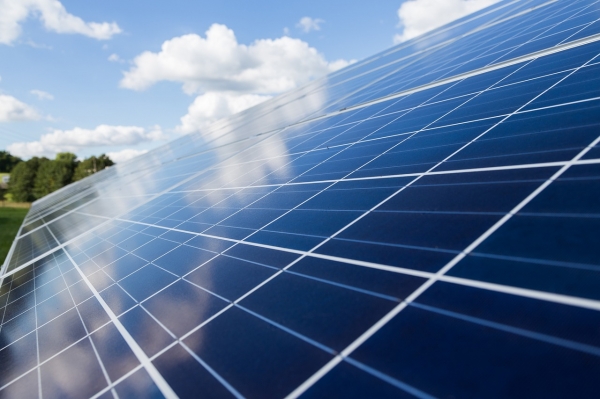MIT engineers show how detailed mapping of weather conditions and energy demand can guide optimization for siting renewable energy installations.
Deciding where to build new solar or wind installations is often left up to individual developers or utilities, with limited overall coordination. But a new study shows that regional-level planning using fine-grained weather data, information about energy use, and energy system modeling can make a big difference in the design of such renewable power installations. This also leads to more efficient and economically viable operations.
The findings show the benefits of coordinating the siting of solar farms, wind farms, and storage systems, taking into account local and temporal variations in wind, sunlight, and energy demand to maximize the utilization of renewable resources. This approach can reduce the need for sizable investments in storage, and thus the total system cost, while maximizing availability of clean power when it’s needed, the researchers found.
The study, appearing today in the journal Cell Reports Sustainability, was co-authored by Liying Qiu and Rahman Khorramfar, postdocs in MIT’s Department of Civil and Environmental Engineering, and professors Saurabh Amin and Michael Howland.
Read more at Massachusetts Institute of Technology
Photo Credit: torstensimon via Pixabay
Sci/Tech Energy Top Stories
